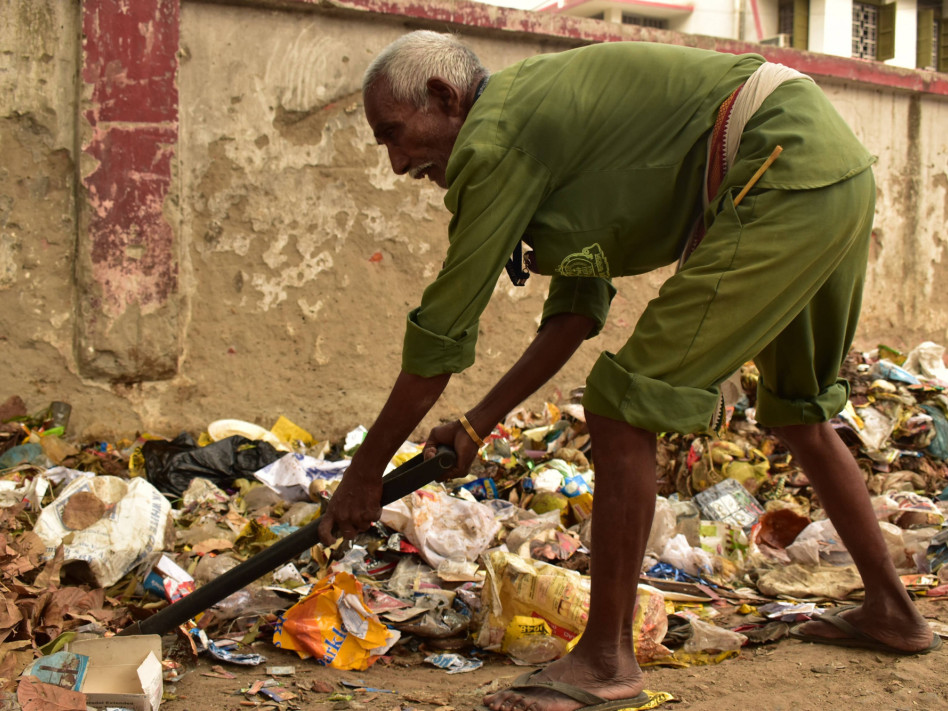A plastic perspective
Did you know that over 70% of all the plastic used today is made from just five types of plastic? (*)
Hi Folks, my name is Jerry, and welcome to the blog of my graduation project: A Plastic Scanner! As you might have read [here] I am on a quest to build an open-source spectroscope that can identify the five most common plastics. In this blog, I would like to give a bit more background on the scale of plastic and its consequences.
One of the most impactful materials of the last century is plastic. Initially revolutionizing the world as a solution for just about anything, recently creating more harm than good. As of 2015, we have cumulatively created 7.8 billion tonnes of plastic, good of at least 1000kg of plastic, per person, alive today. The amount of plastic cumulated around the world is expected to still grow in the coming years since global plastic production rates are still growing yearly(*). Since we use it so much of it also ends up everywhere.
So what is all this plastic? Plastics are mainly long strings of carbon and hydrogen, often made from fossil fuels. The first application of plastic was actually quite noble, an alternative for billiard balls, these used to be made from elephant tusk, which caused the mass slaughter of the elephants.(*)
Nowadays there are thousands of different flavors of plastics, each with its own unique properties. Luckily, the most common plastic products are recyclable and made from just six types: HDPE, LDPE, PP, PET, PVC, and PS. Each with its own recycling logo.
Ever since I learned about how plastic is made and how it is used, I wondered about what happens after that, once plastic enters the black hole that is called the garbage bin. My investigation only led to this video, how waste is separated in Rotterdam, the Netherlands. But the Ellen MacArthur Foundation has done their homework and published this report in 2016.
The report shows that:
- 1/3th of all the plastic packaging escapes the collection systems
- 2% of all plastic packaging is used again in plastic packaging
- 80 billion dollar worth of material is lost each year
The main opportunity they found? Exactly: Create an effective after-use plastic economy!
Currently, plastic waste management differs greatly from country to country. At its core, there are two methods, the formal sector, and the informal sector. In most west-European countries the formal sector prevails, households pay to have their garbage collected and dispose of everything at once. This is not the case in low- and middle-income countries, the formal sector is often lacking and this is where the informal sector thrives. Small entrepreneurs start collecting and recycling different waste streams, these can be glass, cardboard, plastic, or organic waste.
Since the formal sector is inadequate and the informal sector is lacking proper tools, most mismanaged plastic waste is coming from low- and middle- income countries. This plastic ends up in nature and above all in the ocean, resulting in disastrous consequences.(*)
More about the informal sector and local recycling in the next blog!
Ciao, Jerry️
take a deep dive:
If you liked this blog and you want to read more, here are three links so some great online content.
Some rock-solid facts on plastic pollution by Our World in Data
Precious Plastic Community Platform
Some hands-on information on plastic(recycling) from the people at Precious Plastic
Plastic is briljant. Het verdient meer dan de prullenbak
A thorough backstory on the origins of plastics and it's social side (NL)

